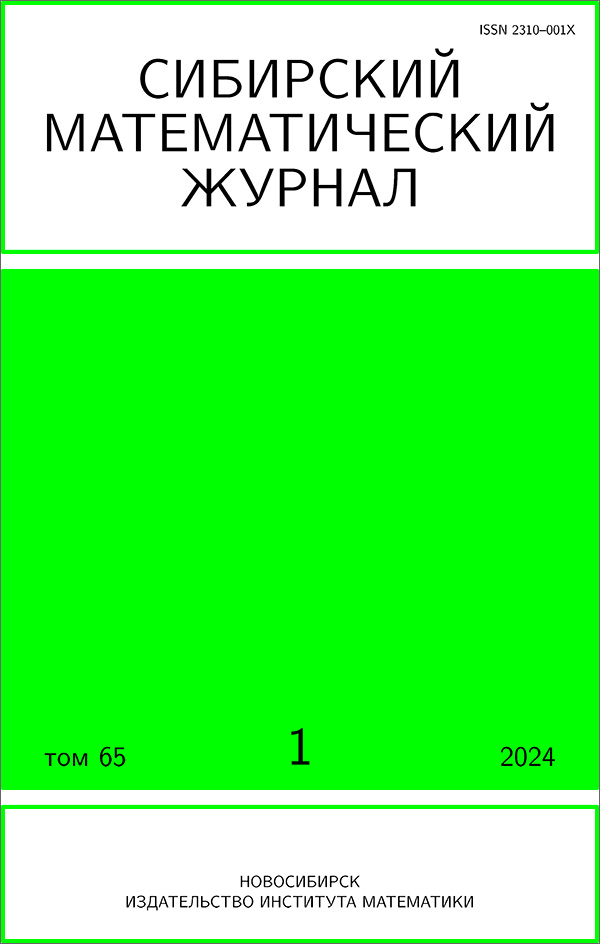|
|
Sibirskii Matematicheskii Zhurnal, 2006, Volume 47, Number 1, Pages 169–187
(Mi smj840)
|
 |
|
 |
This article is cited in 27 scientific papers (total in 27 papers)
Carleman estimates for second-order hyperbolic equations
V. G. Romanov
Sobolev Institute of Mathematics, Siberian Branch of the Russian Academy of Sciences
Abstract:
In the space of variables $(x,t)\in\mathbb{R}^{n+1}$, we consider a linear second-order hyperbolic equation with coefficients depending only on $x$. Given a domain $D\subset\mathbb{R}^{n+1}$ whose projection to the $x$-space is a compact domain $\Omega$, we consider the question of construction of a stability estimate for a solution to the Cauchy problem with data on the lateral boundary $S$ of $D$. The well-known method for obtaining such estimates bases on the Carleman estimates with an exponential-type weight function $\exp(2\tau\varphi(x,t))$ whose construction faces certain difficulties in case of hyperbolic equations with variable coefficients. We demonstrate that if $D$ is symmetric with respect to the plane $t=0$ then we can take $\varphi(x,t)$ to be the function $\varphi(x,t)=s^2(x,x^0)-pt^2$, where $s(x,x^0)$ is the distance between points $x$ and $x^0$ in the Riemannian metric induced by the differential equation, $p$ is some positive number less than 1, and the fixed point $x^0$ can either belong to the domain $\Omega$ or lie beyond it. As for the metric, we suppose that the sectional curvature of the corresponding Riemannian space is bounded above by some number $k_0\geqslant0$. In case of space of nonpositive curvature the parameter $p$ can be taken arbitrarily close to 1; in this case as $p\to1$ the stability estimates lead to a uniqueness theorem which describes exactly the domain of the solution continuation through $S$. It turns out that, in case of space of bounded positive curvature, construction of a Carleman estimate is possible only if the product of $k_0$ and $\sup\limits_{x\in\Omega}\,s^2(x,x^0)$ satisfies some smallness condition.
Keywords:
Sobolev space, Sobolev-type class, Lipschitz manifold, functionals of calculus of variations,Riemannian spaces of class Lip, semicontinuity of functionals.
Received: 25.07.2005
Citation:
V. G. Romanov, “Carleman estimates for second-order hyperbolic equations”, Sibirsk. Mat. Zh., 47:1 (2006), 169–187; Siberian Math. J., 47:1 (2006), 135–151
Linking options:
https://www.mathnet.ru/eng/smj840 https://www.mathnet.ru/eng/smj/v47/i1/p169
|


|





 Contact us:
Contact us: Terms of Use
Terms of Use
 Registration to the website
Registration to the website Logotypes
Logotypes








 Citation in format
Citation in format 
